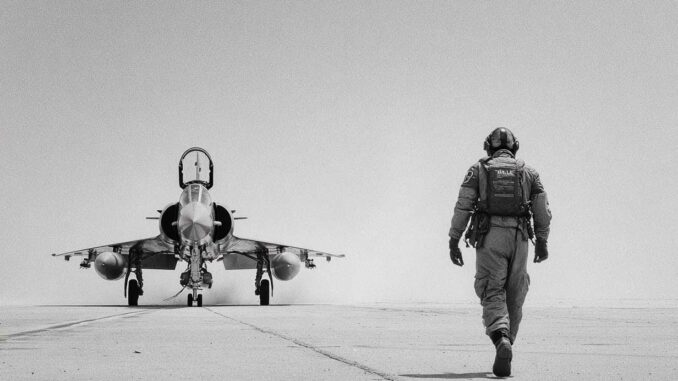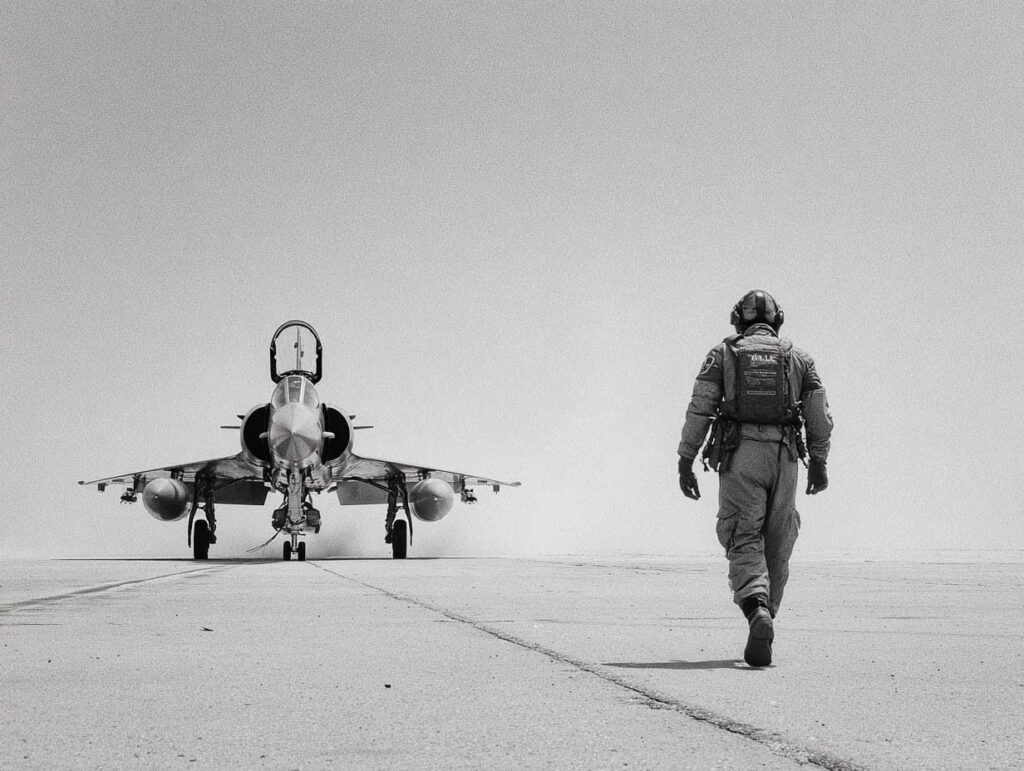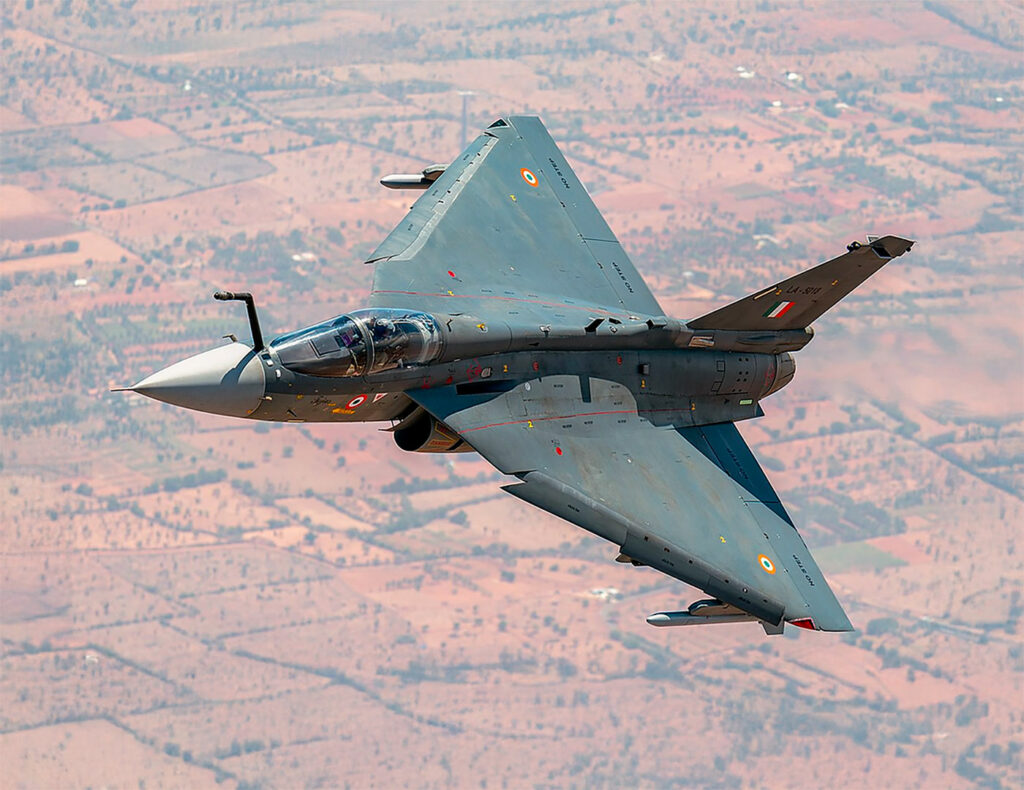
India has an expanding military force. But is it capable of playing a decisive role in regional stability?
A changing military power
The question of whether India can impose peace in its region through its military power goes beyond a simple analysis of manpower or budgets. It involves a combination of factors: force employment doctrine, strategic arsenal, alliance network, industrial capacity, and responsiveness to complex threats. India is surrounded by countries with unstable security dynamics: China to the east, Pakistan to the west, and growing influence from external powers in the Indian Ocean. In this context, New Delhi’s ability to exert military influence in crises is essential, but not sufficient on its own to ensure lasting stabilization.
With a defense budget of nearly €72 billion for the 2024-2025 fiscal year, India is the world’s third-largest investor in defense. It has operational nuclear capabilities, an expanding naval fleet, and a growing military space sector. However, its armed forces face challenges: technological shortcomings, bureaucratic rigidity, import dependence, and active borders.
This article examines whether India can, beyond its deterrence potential, exert a stabilizing influence on the region through its military capabilities. We will analyze in detail the structures, limitations, ambitions, and operational realities.

A large army but facing capability challenges
Massive manpower and a service-based organization
India has an active armed force of approximately 1.45 million soldiers, making it one of the largest contingents in the world. In addition, there are 1.15 million reservists. The three main branches—the army, navy, and air force—operate in a relatively compartmentalized manner, with limited joint integration despite the recent creation of an integrated defense command.
The army accounts for over 80% of the total force, with approximately 1.2 million active personnel. It is structured around 14 corps and has nearly 4,000 tanks, most of which are aging T-72s. The artillery is being modernized, notably with 155 mm Dhanush guns.
The air force has around 550 combat aircraft, including Rafale, Su-30MKI, Mirage 2000 and Tejas. However, the average age of the fleet remains high, with significant dependence on foreign maintenance.
The Indian Navy continues to expand, with more than 150 ships, including two operational aircraft carriers—the INS Vikramaditya and the INS Vikrant—and a nuclear-powered ballistic missile submarine (SSBN), the INS Arihant.
Modern equipment, but a high rate of unavailability
The modernization of equipment remains incomplete. Many systems suffer from chronic breakdowns, delivery delays, and lengthy maintenance. The Indian army still operates obsolete Soviet weapons, particularly in the infantry, helicopters, and air defense.
The structural delay is exacerbated by excessive dependence on imports: more than 65% of major systems come from abroad, particularly Russia, France, Israel, and the United States. This dependence affects industrial sovereignty and strategic resilience.
Proven nuclear power but limited to deterrence
A doctrine of no first use
India is a non-signatory to the NPT but has officially possessed nuclear weapons since 1998. Its arsenal is estimated at 160 operational warheads, mainly deployed via land-based ballistic missiles (Agni I to V) and modified fighter jets. The development of submarine-based deterrence is progressing with the Arihant class.
The official doctrine is based on no first use (NFU), but this policy was called into question in 2019 by political leaders, with no formal change to date.
The maximum range of its Agni-V missiles is approximately 5,000 kilometers, covering the entire Chinese territory. India is continuing to develop the Agni-VI, which could reach 8,000 to 10,000 kilometers, paving the way for global deterrence.
A deterrent focused on China and Pakistan
The structure of the nuclear arsenal is clearly designed to maintain a strategic balance with Pakistan and China, India’s two main regional rivals. The Indian strategic command manages nuclear forces separately from conventional forces, which limits the risk of confusion in times of tension.
However, the stabilizing role of India’s nuclear capability remains relative. In the face of non-state groups or border incidents such as Galwan in 2020, nuclear weapons are not a direct crisis management tool. They are designed for inter-state deterrence, not for hybrid or asymmetric conflicts.
An active but regionally constrained defense policy
Persistent tensions on two fronts
India has to manage two active fronts: in the west, with Pakistan in Kashmir; and in the northeast, with China in Arunachal Pradesh and Ladakh. These border areas are the scene of regular, sometimes deadly clashes, despite established ceasefire lines.
The Galwan clash in June 2020 marked a turning point. Although limited to non-lethal weapons, the incident resulted in the deaths of at least 20 Indian soldiers and increased mistrust towards Beijing. Since then, India has strengthened its military infrastructure at high altitudes and deployed more equipment in the Himalayas.
With Pakistan, artillery exchanges and infiltrations of combatants are frequent. Border control remains difficult due to the topography and local porosity. India has carried out several so-called “surgical” strikes on Pakistani territory without causing any major escalation.
Limited projection beyond South Asia
Despite its demographics and economy, India does not yet have the logistical means to intervene sustainably outside its neighborhood. It participates in joint exercises—Malabar, MILAN—and occasionally deploys its ships in the Gulf of Aden or toward East Africa. However, unlike China in Djibouti, it has no permanent military bases abroad.
Its defense diplomacy is progressing, particularly through strategic partnerships with the United States, Japan, Australia, and France. However, these alliances remain flexible and do not constitute a collective security structure.

An industrial strategy that is changing but still incomplete
A desire for autonomy through the “Make in India” program
The New Delhi government is seeking to reduce its dependence on imports with the Make in India initiative, launched in 2014. The goal is to increase the share of local defense industry production to 70% of total production by 2030.
State-owned companies such as HAL (Hindustan Aeronautics Limited) and DRDO (Defense Research and Development Organization) are developing programs such as the Tejas Mk1A, Akash missiles, and Rustom drones. The private sector, with Tata, Mahindra and L&T, is becoming increasingly involved.
However, development times are long, prototypes are numerous but actual production is limited. The lack of coordination between industry and the armed forces is slowing down the real ramp-up.
Exports still marginal
Indian arms exports remain low: $1.6 billion in 2023, according to SIPRI. The main customers are Vietnam, the Philippines, and some African countries. This remains well below Chinese or Israeli volumes.
This limitation hinders India’s ability to influence regional conflicts through active defense diplomacy, which requires equipment transfers, executive training, and logistical support. For the time being, India favors diplomatic equidistance rather than direct military intervention.
War Wings Daily is an independant magazine.